
Timbuctu: The Legendary City on the Niger
Explore Timbuctu, the legendary city on the edge of the Sahara, a historic hub of trade, Islamic learning, and cultural exchange.
Timbuctu, a city in Mali, West Africa, was founded around 1100 AD and rose to prominence as a significant trading and learning center between the 14th and 16th centuries. Its location on the edge of the Sahara Desert, near the Niger River, made it a crucial hub for trans-Saharan trade, connecting North Africa with West Africa. Today, it remains a captivating destination, though facing challenges of poverty and desertification.
A brief summary to Timbuctu
- QXFR+HQ6, Timbuktu, ML
Local tips
- Dress respectfully, as Timbuctu is a conservative Muslim city.
- Engage a local guide to learn about the city's history and navigate the sites.
- Bargain respectfully when shopping in the markets.
- Stay hydrated, as the climate is hot and dry.
- Be aware of your surroundings and heed local advice regarding safety and security.
Getting There
-
Walking
The main sites of Timbuktu, including the mosques of Djinguereber, Sankore, and Sidi Yahia, are located within the old city and are easily accessible on foot. Walking allows you to experience the atmosphere of the city and observe the local architecture. Be mindful of the sandy conditions underfoot.
-
Taxi
Taxis are available in Timbuktu for navigating longer distances or reaching accommodations outside the city center. A typical short taxi ride within the city costs around $8 USD. Negotiate the fare before starting your journey.
-
Public Transport
If arriving by boat to Koriomé, the port town for Timbuktu, public transport is available to take you into town. These options typically cost around 500 CFA per person. Alternatively, you can rent a car for approximately 15,000 CFA.
Discover more about Timbuctu
Iconic landmarks you can’t miss
Timbuctu
0.0 km
Explore Timbuctu, the legendary city on the edge of the Sahara, a historic hub of trade, Islamic learning, and cultural exchange.
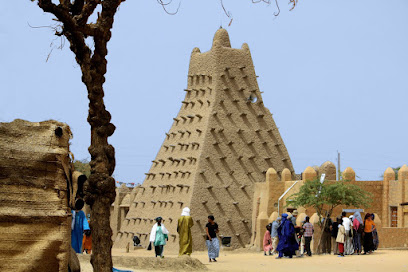
Sankore Mosquee
0.4 km
Discover the legacy of the Sankore Mosque, a historic center of Islamic learning in the heart of Timbuktu.
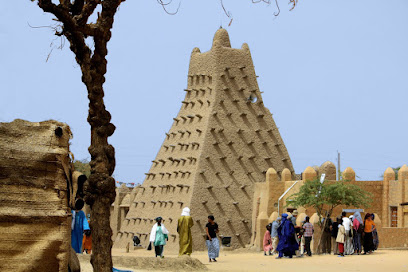
Timbuktu Mali
1.0 km
Explore Timbuktu, Mali: Uncover the history of this ancient city, a legendary center of trade and Islamic scholarship in West Africa.
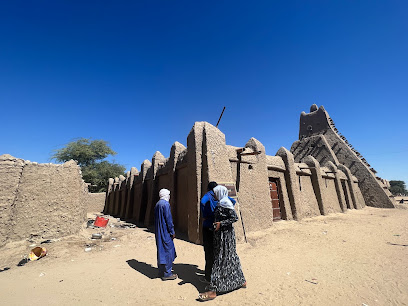
TIMBUKTU II
1.2 km
Stay fit in Timbuktu at Timbuktu II, a welcoming gym with modern equipment and a vibrant community atmosphere perfect for travelers and locals alike.
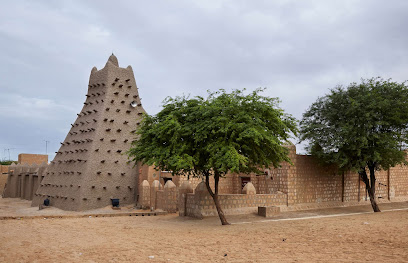
Monuments De La Paix
2.0 km
A peace monument in Timbuktu symbolizing the end of conflict and a commitment to reconciliation in a historically rich city.
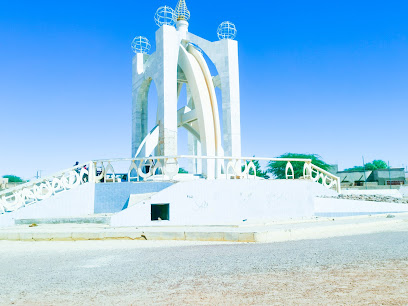
Unmissable attractions to see
Allimah Ben Essayouti
0.3 km
Explore the serene Allimah Ben Essayouti Park in Timbuktu, Mali—where nature meets culture in a peaceful oasis.

Djingareyber Mosque
0.3 km
Experience the rich history and architectural beauty of Djingareyber Mosque, a UNESCO World Heritage site in Timbuktu, Mali.
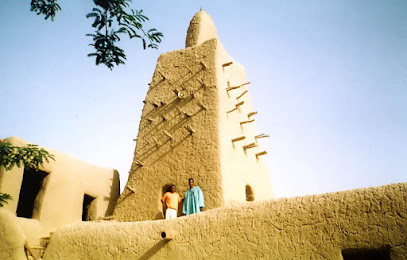
Ethnological Museum Timbuktu
0.4 km
Explore the rich cultural heritage of Timbuktu at the Ethnological Museum, a hub of history showcasing artifacts and manuscripts from a legendary past.
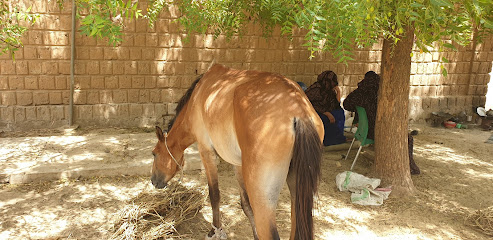
Martyrs de l'indépendance
0.4 km
Discover the serenity and historical significance of Martyrs de l'indépendance, a park dedicated to Mali's heroes in the heart of Timbuktu.

Ahmed Baba Institute
0.4 km
Explore the Ahmed Baba Institute in Timbuktu, where centuries of African scholarship and culture come alive through ancient manuscripts and rich history.
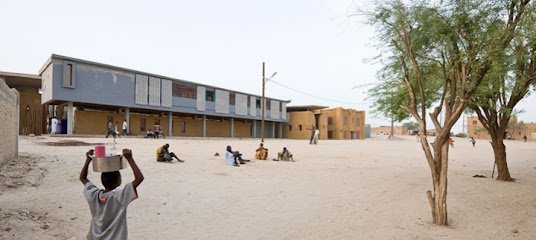
Site Sidi Naji
1.0 km
Explore the serene beauty of Site Sidi Naji, a lush garden in Timbuktu that offers a tranquil escape amidst the city's rich history.

تيمبكتوا جمهورية مالي
1.0 km
Discover the enchanting Timbuktu, a UNESCO World Heritage Site known for its rich history, unique architecture, and vibrant cultural heritage in the heart of Mali.

Mission Culturelle de Tombouctou
1.0 km
Explore the Mission Culturelle de Tombouctou, a vital heritage site preserving the rich cultural history of Timbuktu and its ancient wisdom.
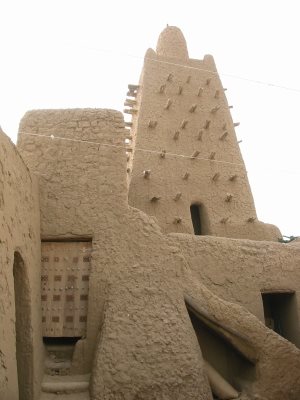
هندوhandaw
21.3 km
Explore the historical wonders of Timbuktu at Hindouhandaw, a key attraction that embodies the rich heritage of this ancient city.

Essential places to dine
Salam Restaurant
0.3 km
Discover authentic African cuisine at Salam Restaurant in Timbuktu – where every dish tells a story!
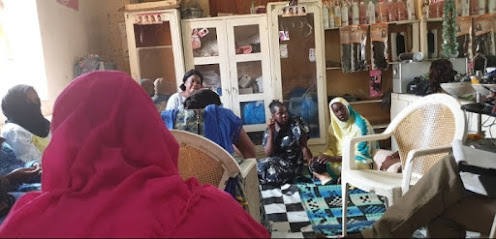
Al Hayat Restaurant
0.3 km
Discover authentic Malian flavors at Al Hayat Restaurant in Timbuktu – where tradition meets taste.

Restaurant Favela
0.5 km
Experience the authentic flavors of Timbuktu at Restaurant Favela - where every dish tells a story.

Poulet d'Or Restaurant
0.5 km
Experience authentic Malian flavors at Poulet d'Or Restaurant in Timbuktu – where tradition meets taste.

Pâtisserie Aco
0.8 km
Discover the flavors of Timbuktu at Pâtisserie Aco - where exquisite pastries meet local culinary traditions.
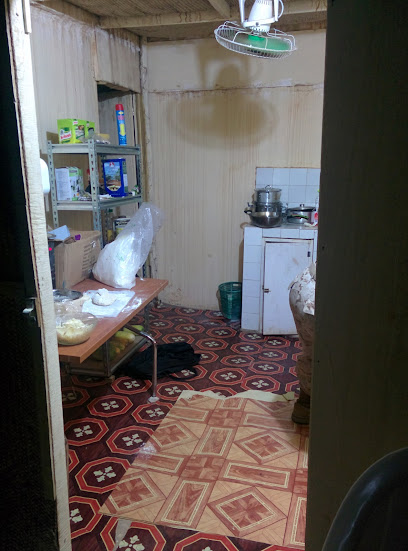
Hôtel du Désert
1.0 km
Experience comfort and culture at Hôtel du Désert - your gateway to exploring historic Timbuktu.

Amanar Restaurant
1.0 km
Discover authentic Malian cuisine at Amanar Restaurant in Timbuktu – where tradition meets flavor in a cozy setting.
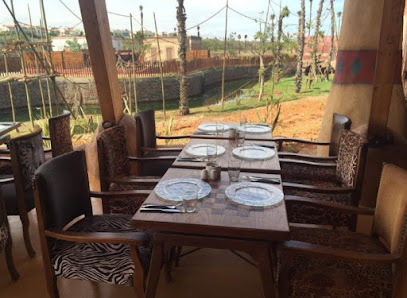
Lungo A+M Timbuktu Papa‘s HühnerTag
1.0 km
Experience authentic Malian flavors at Lungo A+M Timbuktu Papa‘s HühnerTag, where tradition meets community in a cozy soup kitchen setting.

Restaurant
1.1 km
Discover authentic Malian cuisine in Timbuktu's vibrant restaurant scene, offering traditional dishes with local flair in a welcoming atmosphere.
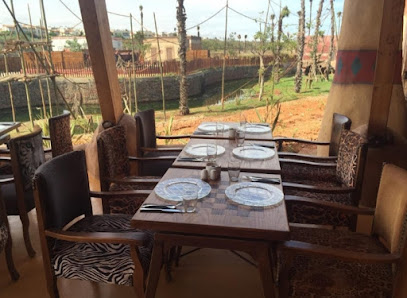
Hendrina Khan
1.4 km
Experience unmatched comfort and hospitality at Hendrina Khan while exploring the rich history of Timbuktu.

Markets, malls and hidden boutiques
يُوبُ بىرْ
0.1 km
Experience the vibrant shopping scene at يُوبُ бирْ in Timbuktu, where tradition meets modernity in a lively cultural hub.

Petit Market
0.1 km
Explore the vibrant Petit Market in Timbuktu, where local culture, crafts, and authentic Malian cuisine come together in a lively atmosphere.

Kome couture
0.1 km
Discover the heart of Timbuktu's textile culture at Kome Couture, a sewing shop offering unique fabrics and craftsmanship.

Le Souvenir
0.2 km
Discover the essence of Malian cuisine at Le Souvenir, a must-visit restaurant in the historic Timbuktu, where flavors and culture unite.

Boulangerie GDF
0.2 km
Savor the essence of Timbuktu at Boulangerie GDF, where traditional baking meets local flavors in every delicious bite.

Boutigue Ahmed tijani
0.2 km
Explore Boutique Ahmed Tijani in Timbuktu for an authentic taste of Malian culture with local groceries and unique delicacies.

متجر السالك
0.2 km
Explore the unique flavors of Timbuktu at متجر السالك, a grocery store offering local ingredients and cultural treasures.

Istanbul pour Les parfums et le commerce General
0.2 km
Explore the vibrant shopping experience at Istanbul pour Les Parfums et le Commerce General in Timbuktu, where tradition meets modernity.
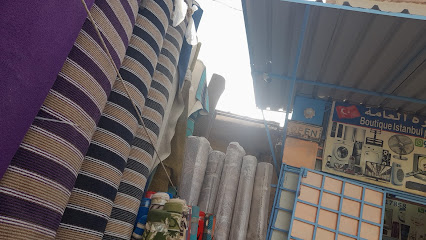
DOUCOURE ET FRERES
0.2 km
Explore the authentic flavors of Mali at Doucouree et Freres, your local grocery store in Timbuktu offering traditional products and unique finds.

QATAR boutique حساني حم
0.2 km
Discover the essence of Malian style at QATAR Boutique, a unique clothing store in Timbuktu offering handcrafted fashion and accessories.

Salek Boutique
0.3 km
Explore the vibrant local culture at Salek Boutique in Timbuktu, where traditional flavors and artisanal crafts come together.

ولدأحمدسالم لعيشي
0.3 km
Discover the essence of Malian fashion at ولدأحمدسالم لعيشي, a unique clothing store in the heart of Timbuktu, blending tradition with modern style.
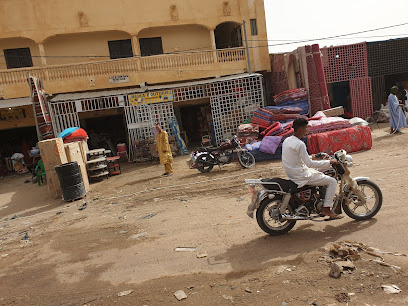
حمودي الود
0.4 km
Explore حمودي الود in Timbuktu: A treasure trove of home goods that reflect Mali's rich culture and artistic heritage.
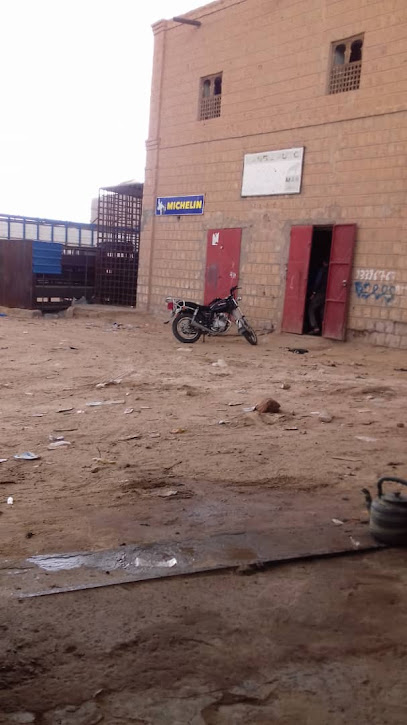
Arawane Couture
0.4 km
Discover the vibrant local fashion scene at Arawane Couture in Timbuktu, where traditional craftsmanship meets contemporary style.
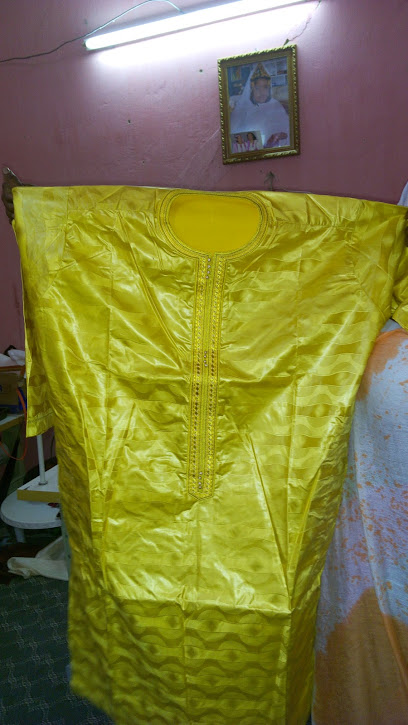
عبد الله حميدا
0.4 km
Discover the vibrant fashion of Timbuktu at Abdullah Hamida, where local craftsmanship meets authentic style.

Essential bars & hidden hideouts
Alaykum Shishabar
0.2 km
Discover the vibrant atmosphere and rich culture of Timbuktu at Alaykum Shishabar, the perfect bar for relaxation and connection.

Pharmacie Officine Jour et Nuit
0.3 km
Explore Timbuktu with confidence - your health is in good hands at Pharmacie Officine Jour et Nuit, a 24/7 pharmacy catering to all your wellness needs.

Restaurant Pâtisserie chez Hamel
0.4 km
Discover the culinary delights of Timbuktu at Restaurant Pâtisserie chez Hamel, where gourmet hamburgers meet local flavors in a cozy setting.
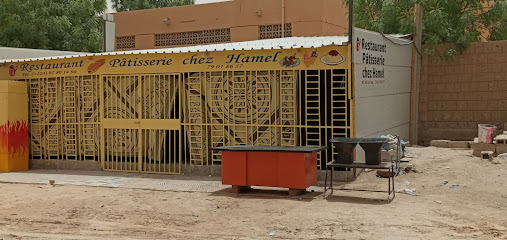
ߕߐߡߓߐߞߎߕߎ
1.0 km
Discover the rich culinary heritage of Timbuktu at this vibrant restaurant, offering a unique blend of local and international flavors in an inviting atmosphere.

Hôtel handrina khan
1.0 km
Discover the charm of Timbuktu with family-friendly stays at Hôtel Handrina Khan, your gateway to cultural exploration and comfort.

Amel Restaurant
1.7 km
Discover the culinary delights of Timbuktu at Amel Restaurant, where authentic Malian flavors come alive in a warm and inviting atmosphere.

U scemuitoni
41.9 km
Experience vibrant nightlife at U Scemuitoni, Milala’s top bar for local drinks and lively atmosphere, perfect for tourists and locals alike.




